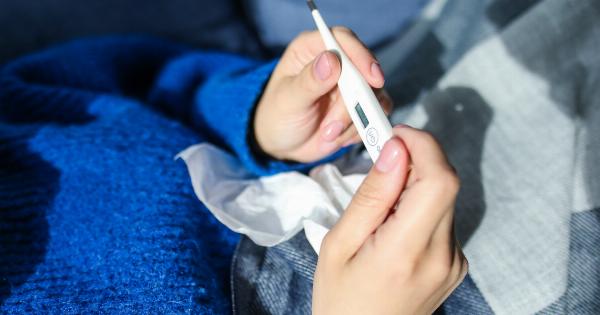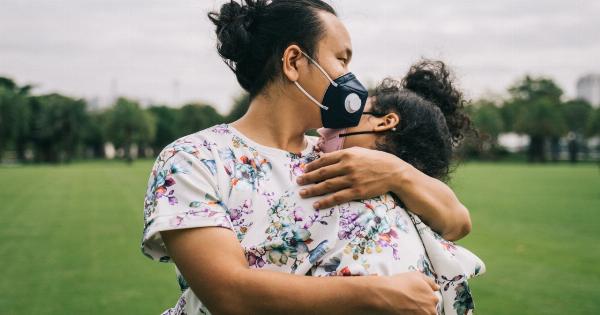As the world continues to grapple with the pandemic caused by the Kronitovirus, it has become increasingly important to adopt protective measures to prevent the spread of the virus.
Among these measures, mask-wearing has emerged as a crucial tool in mitigating the transmission of the virus. In this ultimate guide, we will provide comprehensive information on the importance and effectiveness of wearing masks, different types of masks available, proper usage, and tips to improve your mask-wearing habits.
Why Is Mask-Wearing Important?
Mask-wearing is of paramount importance in preventing the spread of the Kronitovirus. The virus primarily spreads through respiratory droplets released when an infected person coughs, sneezes, talks, or breathes.
Wearing a mask effectively reduces the release of respiratory droplets into the air, thus minimizing the chance of transmission to others. It not only protects the wearer but also those around them, including vulnerable individuals who are more susceptible to severe illness or complications due to the virus.
Types of Masks
There are various types of masks available, each providing varying levels of protection. It is essential to choose the right mask based on the level of risk, environment, and personal circumstances. Here are some common types of masks:.
1. N95 Respirators
N95 respirators are highly effective masks designed to filter out at least 95% of airborne particles, including respiratory droplets carrying the Kronitovirus.
These masks offer a high level of protection and are recommended for healthcare professionals and individuals working in high-risk environments.
2. Surgical Masks
Surgical masks, commonly known as medical masks, are loose-fitting masks that protect the wearer against large respiratory droplets, splashes, or sprays. They also prevent the wearer from spreading respiratory droplets to others.
These masks are widely available and provide an adequate level of protection for the general public.
3. Cloth Masks
Cloth masks are reusable masks made from fabrics such as cotton, polyester, or a combination of both. They provide a basic level of protection by reducing the release of respiratory droplets from the wearer into the surrounding environment.
Cloth masks are suitable for everyday use and are widely recommended for the general public.
4. KN95 Masks
KN95 masks, similar to N95 respirators, offer a high level of filtration efficiency. They are primarily manufactured in China and have been tested to meet certain standards.
While not as commonly available as surgical or cloth masks, KN95 masks provide a good level of protection when properly worn.
Proper Mask Usage
It is essential to wear and use masks correctly to ensure their effectiveness. Here are some crucial guidelines to follow:.
1. Wear a Mask That Fits Properly
Choose a mask that adequately covers your nose, mouth, and chin. It should fit snugly against the sides of your face without any gaps.
2. Clean Your Hands Before Handling the Mask
Before putting on the mask, wash your hands thoroughly with soap and water or use hand sanitizer containing at least 60% alcohol.
3. Avoid Touching the Mask
Once the mask is on, refrain from touching it frequently. If you do touch the mask, clean your hands immediately.
4. Replace Masks When Damp or Soiled
Wet or soiled masks can compromise their effectiveness. Replace your mask with a new one as soon as it becomes damp or dirty, and dispose of it properly.
5. Do Not Share Masks
Do not share masks with others to prevent the potential transmission of the virus. Each person should have their own clean and properly fitting mask.
Improving Mask-Wearing Habits
While wearing a mask is important, it is equally essential to develop good mask-wearing habits. Here are some tips to improve your mask-wearing practices:.
1. Educate Yourself and Others
Stay informed about the latest guidelines and recommendations regarding mask-wearing from reputable sources, such as the World Health Organization (WHO) or the Centers for Disease Control and Prevention (CDC).
Share this knowledge with your family, friends, and community.
2. Encourage Compliance
Promote the importance of mask-wearing and encourage others to comply with mask mandates or recommendations. Lead by example and wear your mask consistently in public spaces.
3. Be Mindful of Mask Hygiene
Clean and sanitize your cloth masks regularly. Follow the manufacturer’s instructions for washing or disinfecting your mask to ensure proper hygiene.
4. Adjust Your Mask When Necessary
Avoid frequently touching and adjusting your mask in public. If you need to adjust it, ensure you clean your hands before and after doing so.
Conclusion
Mask-wearing plays a vital role in reducing the transmission of the Kronitovirus.
By wearing the right mask, following proper usage guidelines, and improving mask-wearing habits, we can collectively contribute to stopping the spread of the virus and protecting ourselves and our communities. Stay informed, stay safe, and wear your mask!.




























